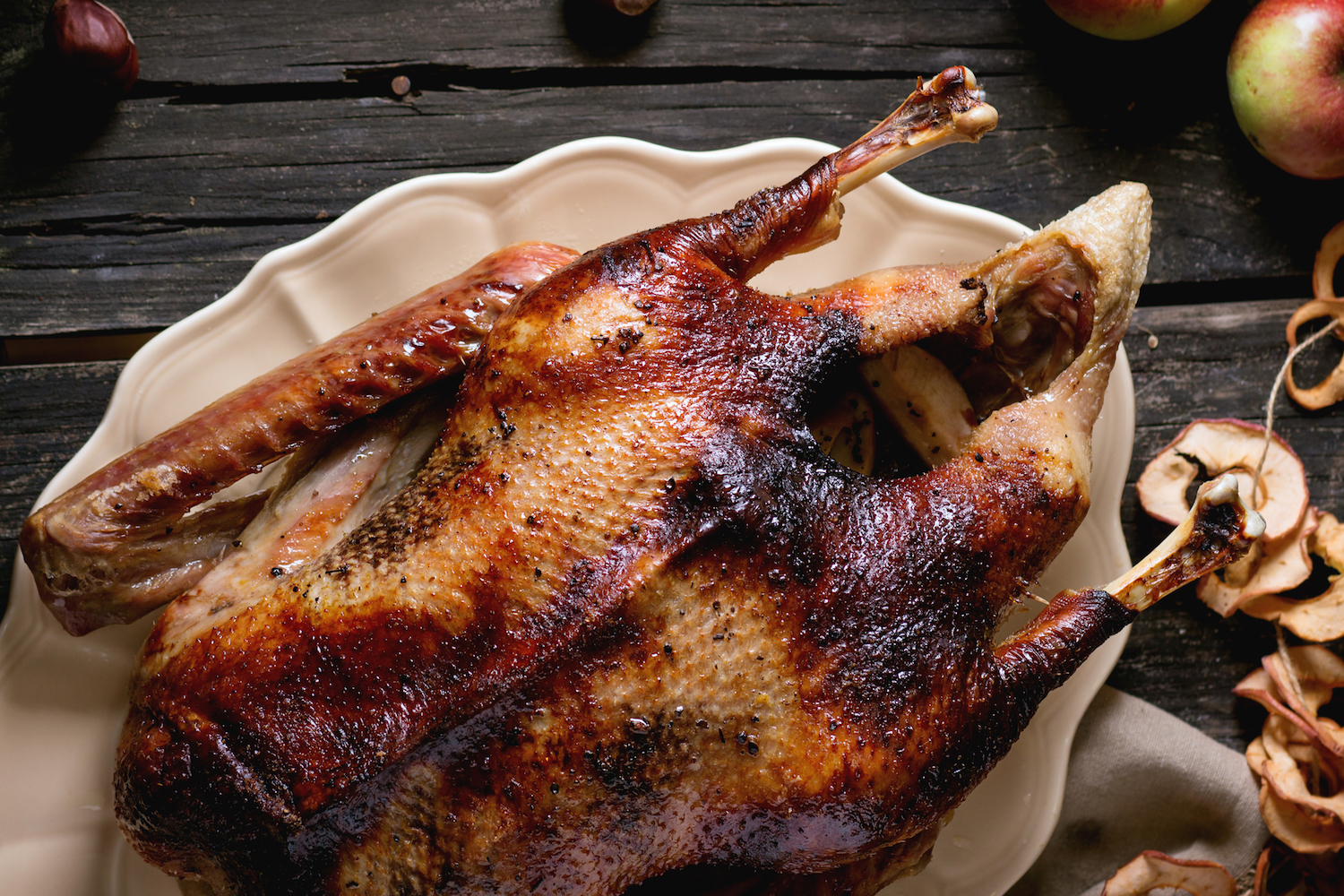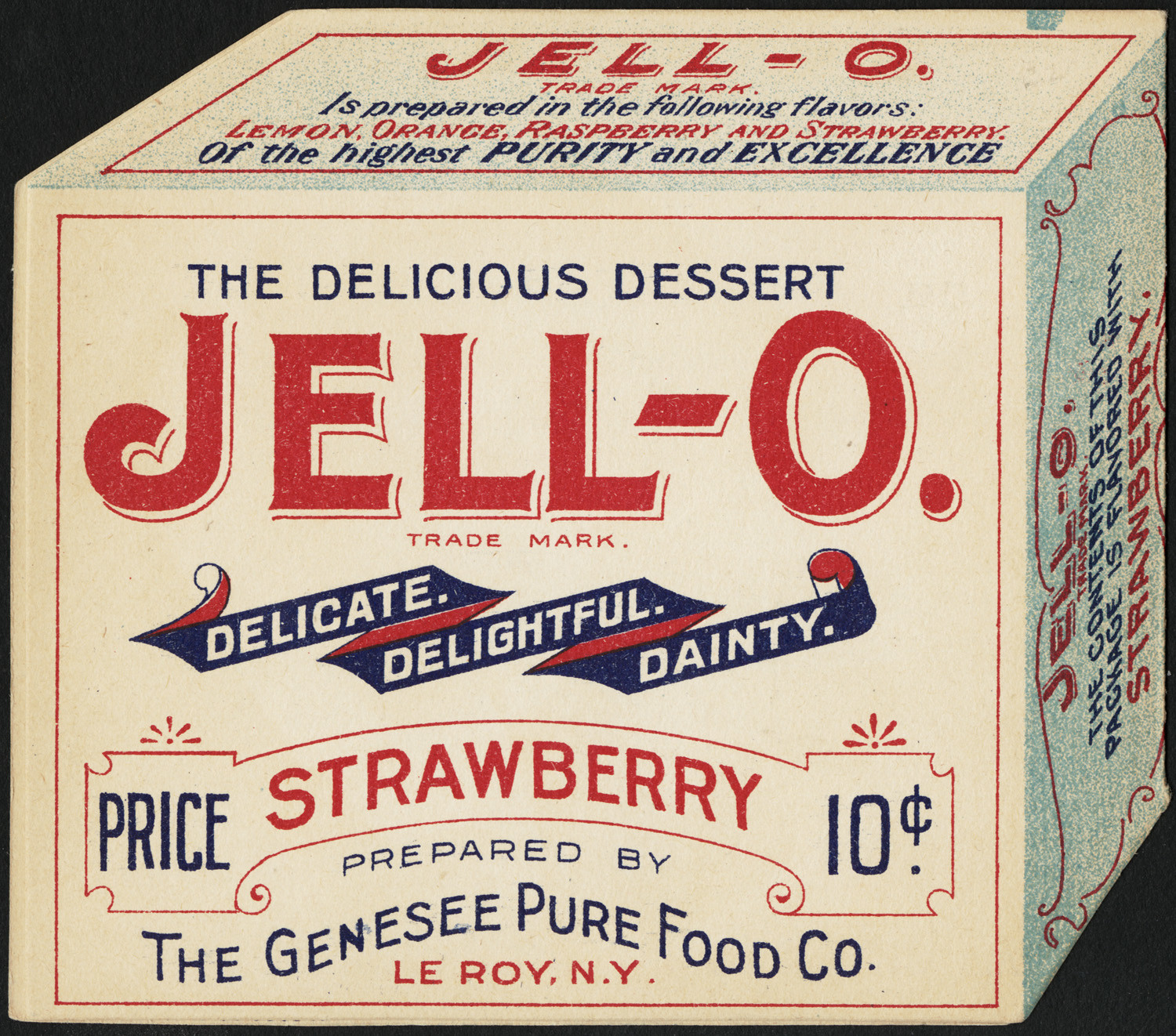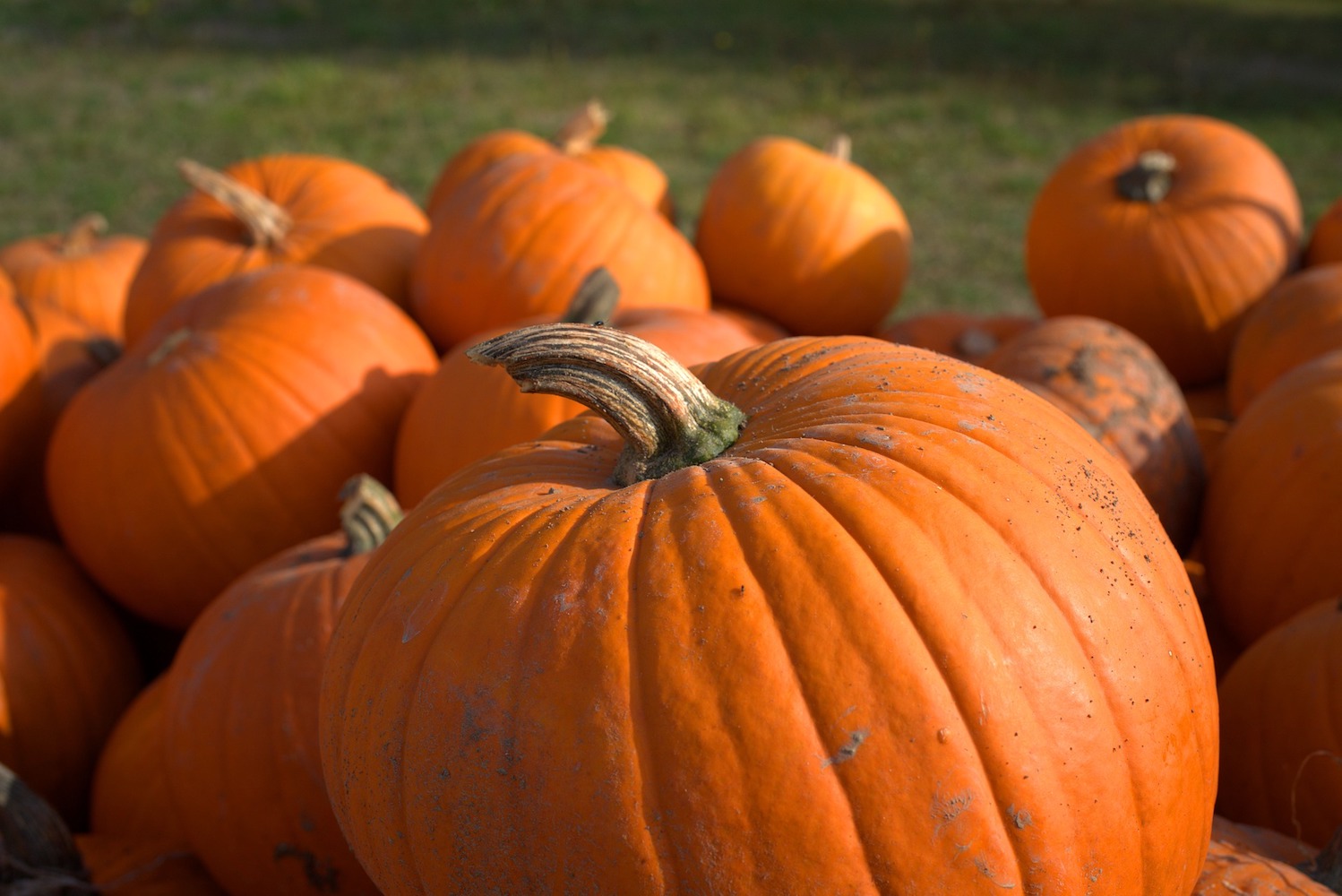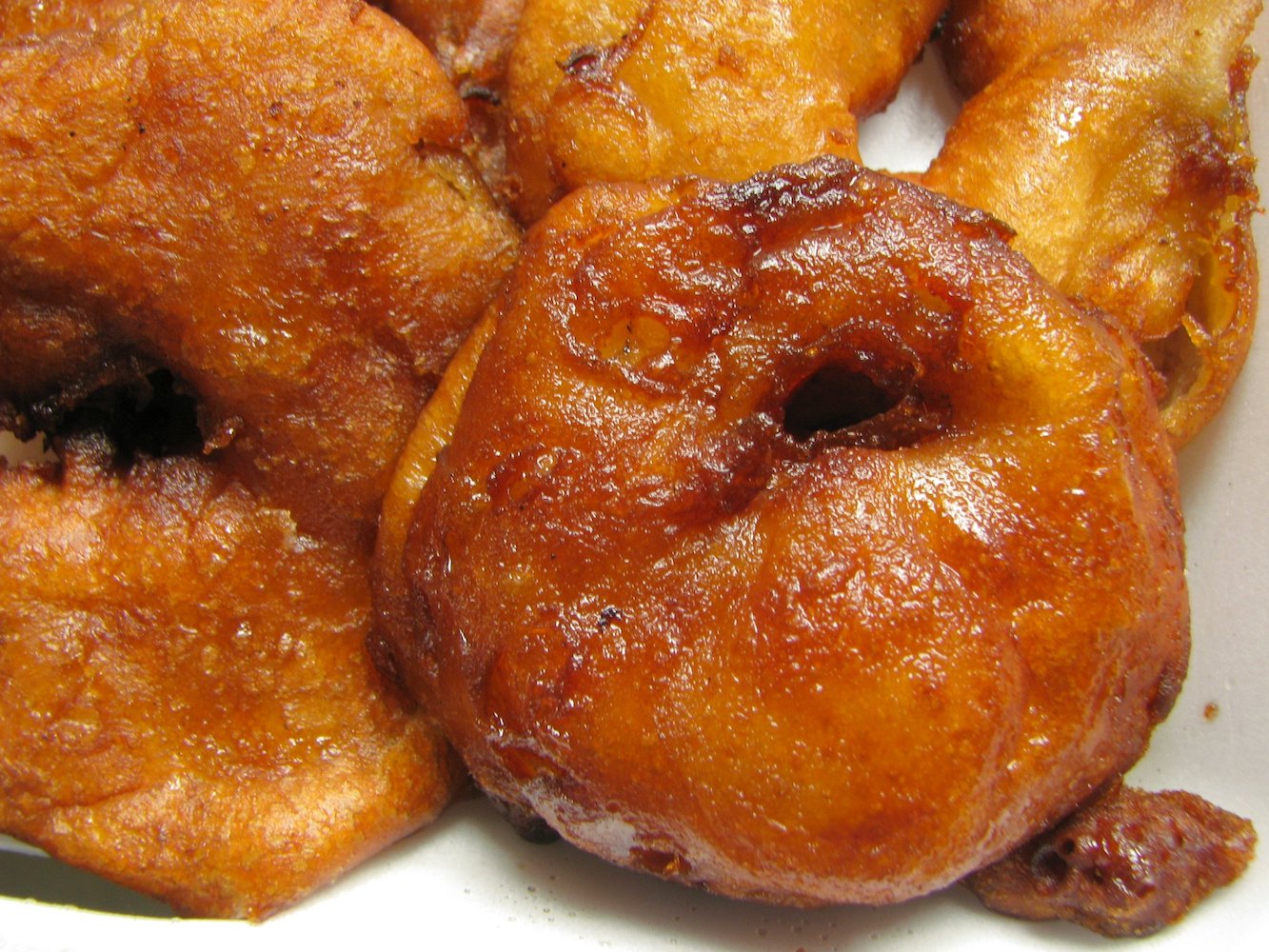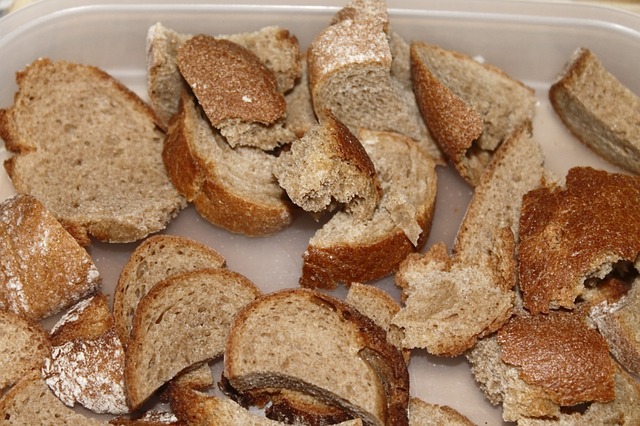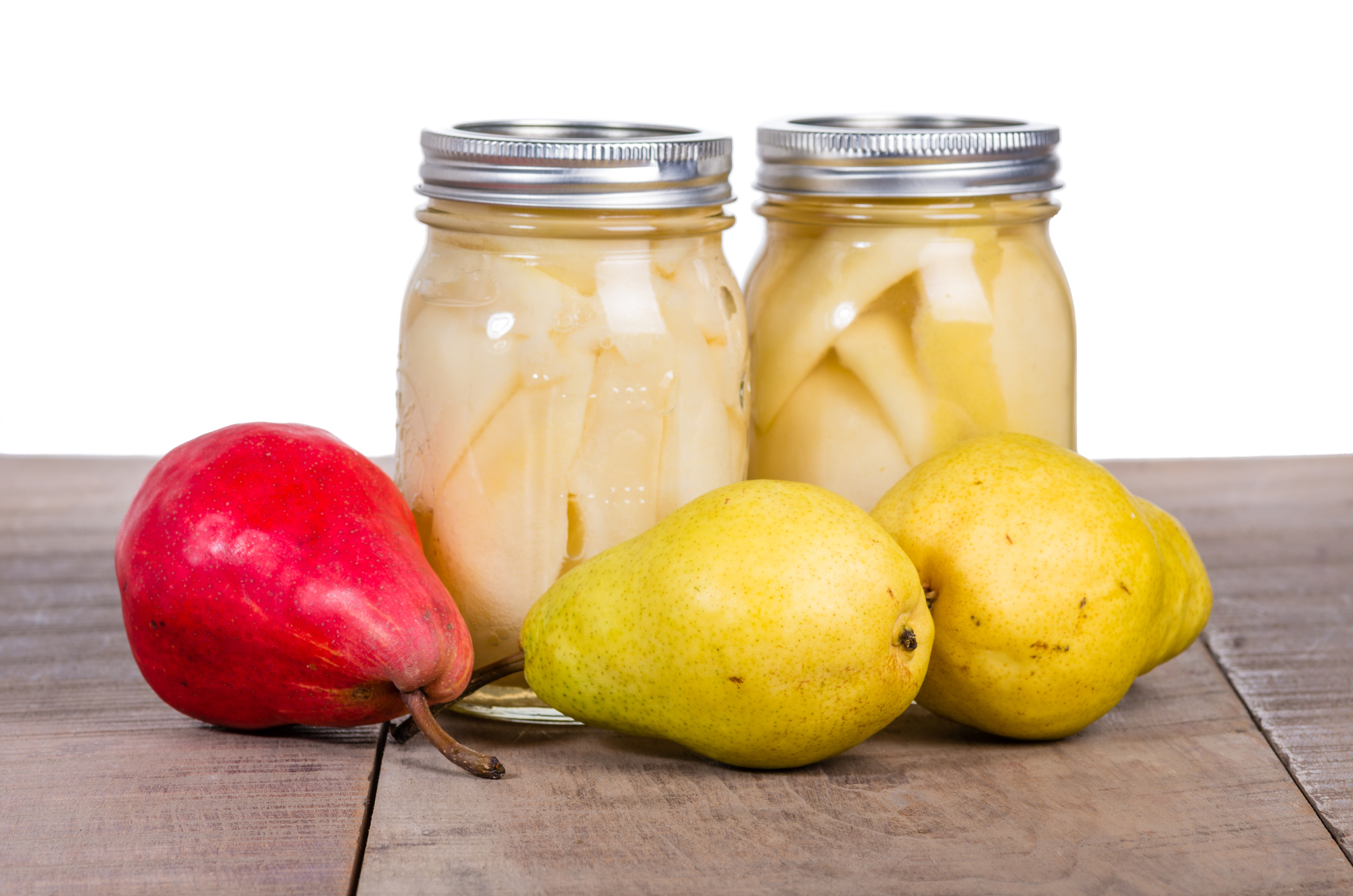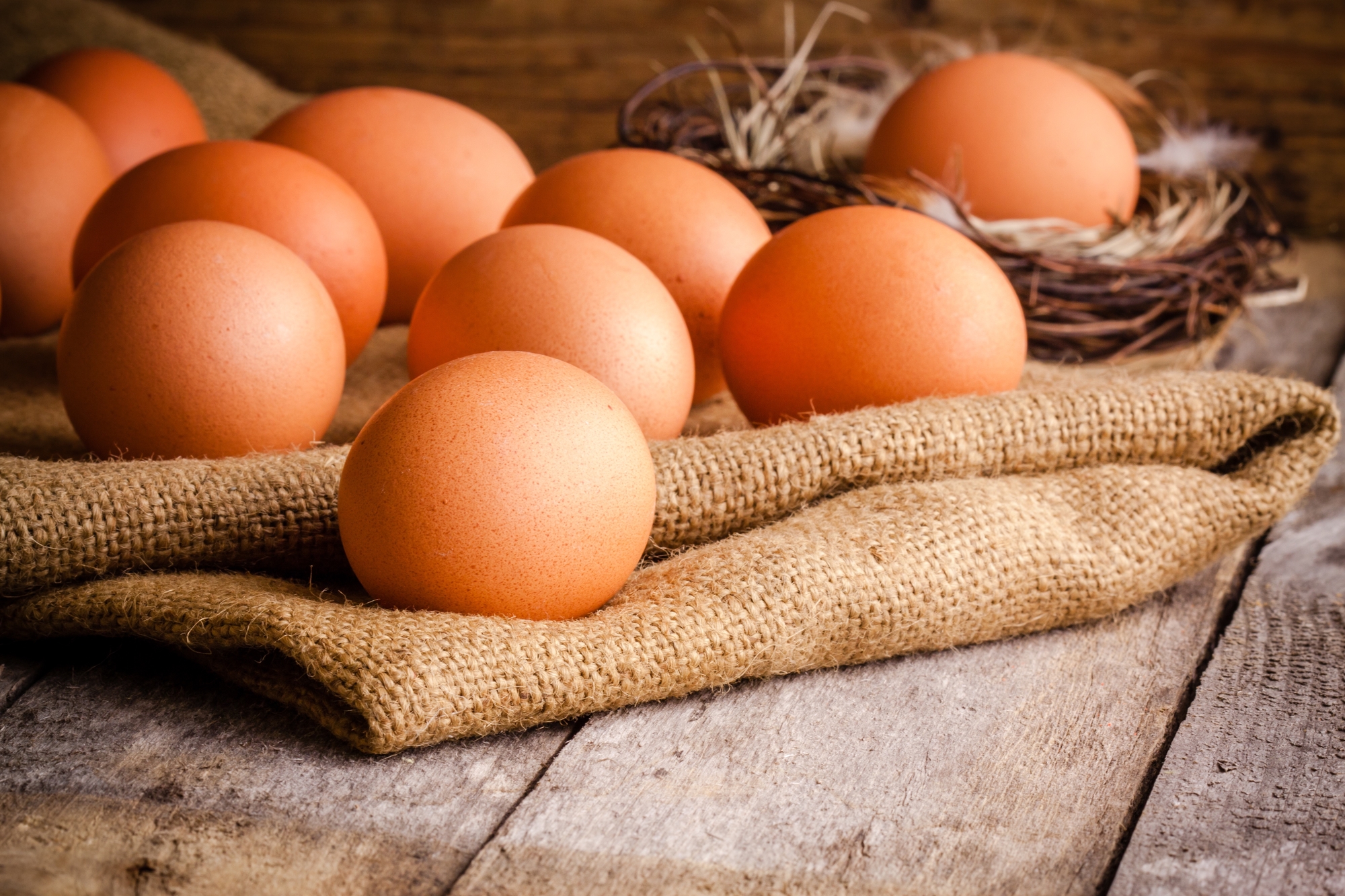Roast Goose and Christmas Goose Pie
“A goose must never be eaten the same day it is killed. If the weather is cold, it should be kept a week before using. A goose, from its profusion of feathers, looks like a large bird when walking about, but when plucked and prepared for the spit, it will be found very deceptive. It is much more hollow than a turkey and except for the breast, there is but little eating on it. In large families, it is usual…
